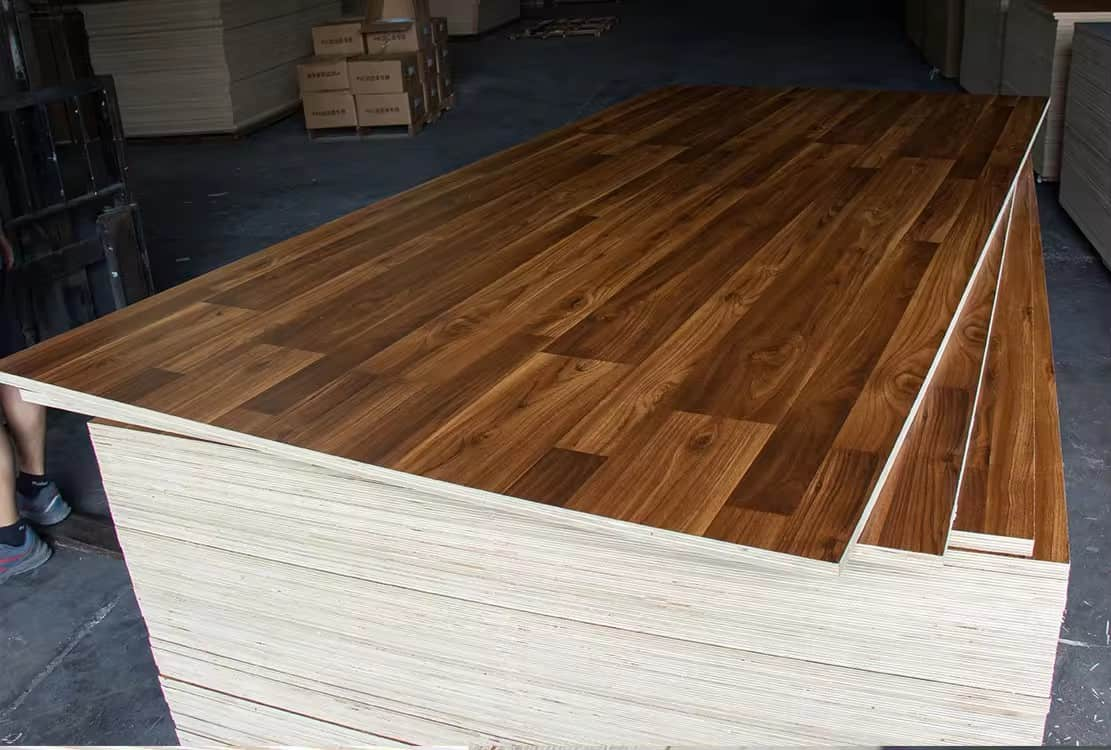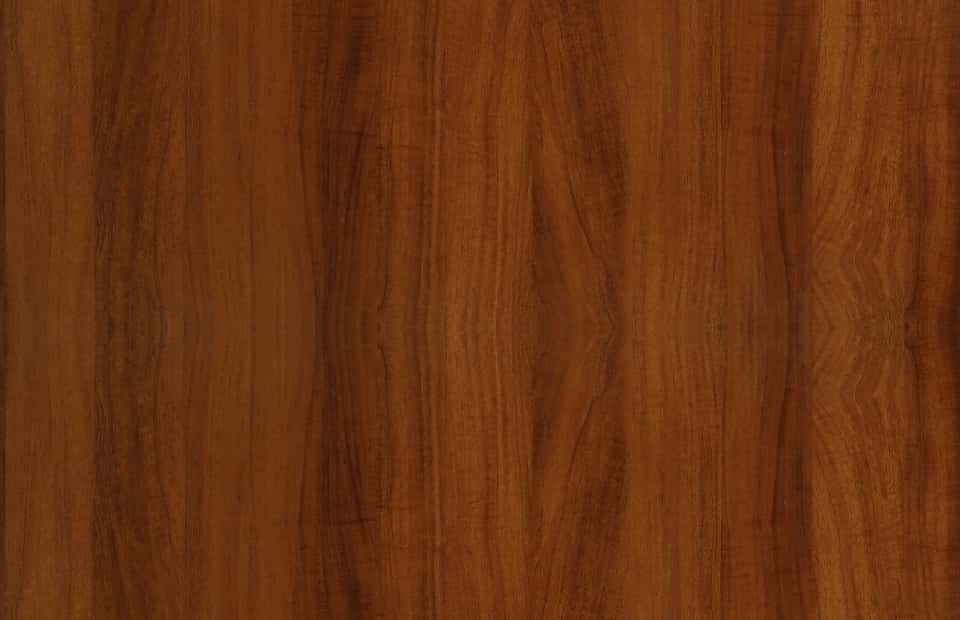In the field of modern home decoration and furniture manufacturing, multilayer panels have become a popular material choice due to their unique structure and properties. However, as with all materials, multilayer boards also have advantages and disadvantages that cannot be ignored. By objectively analyzing the pros and cons of this material, consumers and designers can better decide when to use multilayer panels and how to maximize their potential.

A significant advantage of multilayer boards is their excellent stability. Compared with the traditional solid wood board, the multi-layer board is composed of staggered multi-layer thin wood board bonding, such a structure makes it under different temperature and humidity conditions have a smaller expansion and contraction rate. For example, a study of the deformation of furniture boards showed that the dimensional stability of multilayer boards was much better than that of single-layer boards in the same environment. This means that the finished furniture is more resistant to deformation, thus extending the service life.
At the same time, the multi-layer board also has good processing performance. Its flat smoothness and structural uniformity make cutting, drilling and other processing smoother. For the woodworker, this feature of the multilayer board undoubtedly improves work efficiency and also reduces tool wear. In addition, the surface of the multi-layer board is suitable for a variety of finishes, such as skin, paint, film, etc., providing a rich appearance choice for furniture design.

In terms of cost performance, multi-layer board also has an advantage. Because the production process makes efficient use of wood resources and reduces the need for logs, the cost of multilayer panels is relatively low. Statistics on the market show that multilayer panels often provide similar appearance and performance at a lower price than other types of wood panels. This makes multilayer panels the preferred material for consumers who have limited budgets but seek high-quality products.
Nevertheless, there are some disadvantages that cannot be ignored. One of them is the problem of bonding strength. The performance of the multilayer board is largely dependent on the quality of the adhesive, if the adhesive used is not strong enough or the environmental standards are not high, it will directly affect the overall quality of the board and environmental friendliness. Studies have pointed out that poor quality adhesives can cause the board to delaminate during use and even release harmful substances.

Another problem is poor repairability. Once the multi-layer board is damaged, such as after water immersion or strong impact, its internal structure may be damaged and difficult to repair to the original state. In contrast, solid wood panels can be polished and repainted to repair surface damage. Therefore, when choosing a multi-layer board, consumers need to take into account the long-term maintenance costs that this may bring.
In summary, the multi-layer board has been applied in many fields with its multiple advantages such as stability, processing convenience and cost performance. However, consumers should also be concerned about potential drawbacks when choosing, such as bonding strength and repairability issues. Through a comprehensive understanding of the characteristics of multi-layer board, it can be used in practical applications, so that it can better serve the needs of life and production.

In general, as a new type of wood composite, multi-layer board has shown great potential in modern society. Its advantage is that it can adapt to diverse design requirements while maintaining a reasonable cost. However, just as the choice of any material needs to be carefully considered, the applicability of multilayer panels also needs to be determined according to the specific use environment and intended objectives. Only in-depth understanding and scientific evaluation of its advantages and disadvantages can ensure that the final application effect is in line with expectations, and achieve both economic and practical goals. 
















